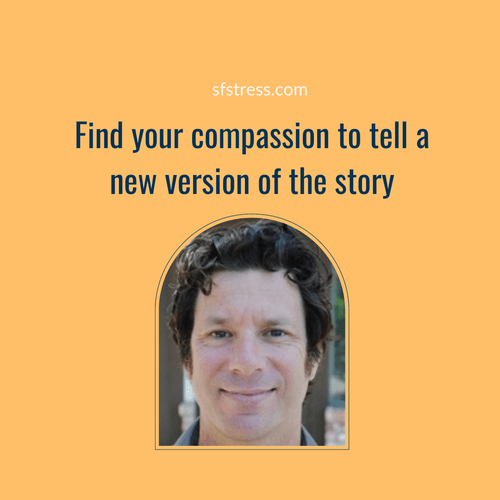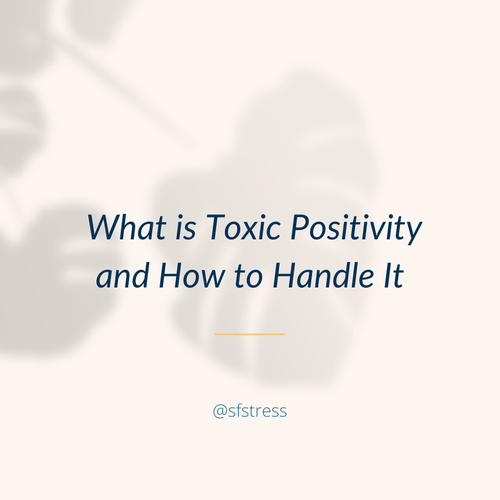One of our jobs as therapists is to ask clients to see their experience as a pattern. To do this requires a shift in perspective. Whenever we can sideline shame, blame and judgment and regard our experiences as a pattern, we can calm down and see events with fresh eyes.
There is self-acceptance within compassion. But our brain’s Negativity Bias makes it hard for us to accept ourselves or see our thoughts, actions and decisions in a neutral way. Let’s imagine your supervisor gives you a review and notes your diligence, productivity, collaborative capacity, and tendency to show up late to meetings. What take-away will you have from that encounter? Neurology suggests that your brain will center on the idea that you show up late to meetings. “I am an unreliable person,” could be one conclusion.
Nearly all the feedback was positive, but your brain dismisses that and attaches emotionally to the perceived insult. This creates a lopsided view of yourself, which can cause anxiety, self-blame, and even depression.
Compassion provides a different version of events
Now let’s imagine that you are a single mother who is breastfeeding an infant while working remotely from home. You are sometimes late to meetings because you have been on your baby’s schedule. That baby just doesn’t respect your meetings! She has her own schedule.
Seeing your life as a pattern, you can say to yourself, “It’s tough to know when I can be on time, because my baby’s schedule comes first!” If you are a supervisor who has an employee in this situation, perhaps it is easier for you to appreciate the competing demands. Can you also apply the latitude you have for your colleagues to yourself? Easier said than done.
When I quit piano lessons at age 14, I felt like a failure and a quitter, and a terrible kid. How could I just abandon my sweet teacher after 6 years of weekly lessons! Now that I am older and have spent much of my life as a professional musician, I can see that decision differently. I wasn’t quitting, but rather I was graduating and moving into a more self-driven approach to music.
Post lessons, I started writing my own piano works, bought more advanced books, and continued to invest in my music education. Having continued to sing, play, learn guitar and perform publicly, I can forgive that 14 year old kid. I can think of that moment all those years ago as a graduation rather than a failure. What a relief to shed the shame, guilt and confusion I carried around for so long!
The cleansing power of forgiveness
Finding a more forgiving way of seeing a painful event in your life can allow you to resolve an old wound and come to terms with decisions. One truism in psychology is that people do the best they can with the information they have at the time a decision is made. Knowledge is often incomplete. It isn’t fair to judge ourselves years after the fact using knowledge we have gained over time. Finding compassion for yourself means moving more slowly through those painful moments in the past and seeing your perceived failures in light of your incomplete knowledge. Forgiving yourself is hard, but also useful.
Using a compassionate tour-guide to revisit unfinished business from your past
Your therapist can help you find your compassion and use it to gain a new perspective on events in your past. Your therapist can help you revisit difficult moments with empathy and the ability to see patterns rather than shame, blame or judgment. Your therapist can help you work through pain to come out on the other side, feeling lighter for your new version of events and yourself.
If you don’t yet have a therapist, consider employing the experts at SF Stress & Anxiety Center. Clear the fog. Find and expand your center. Get the help that makes a concrete difference in your life and how you relate to yourself, others and the world. Click the button below to schedule a time to speak to a Care-Coordinator.



